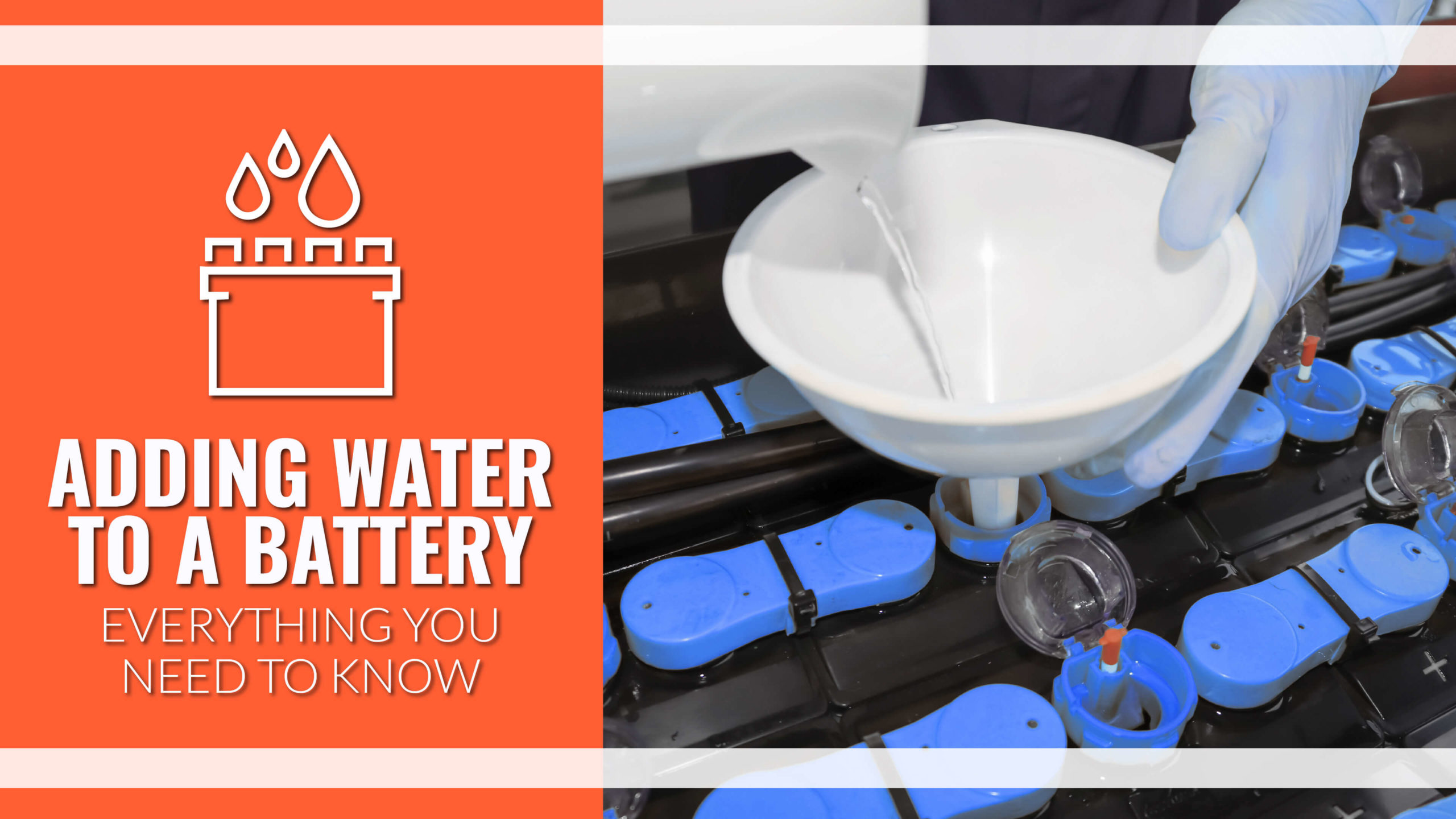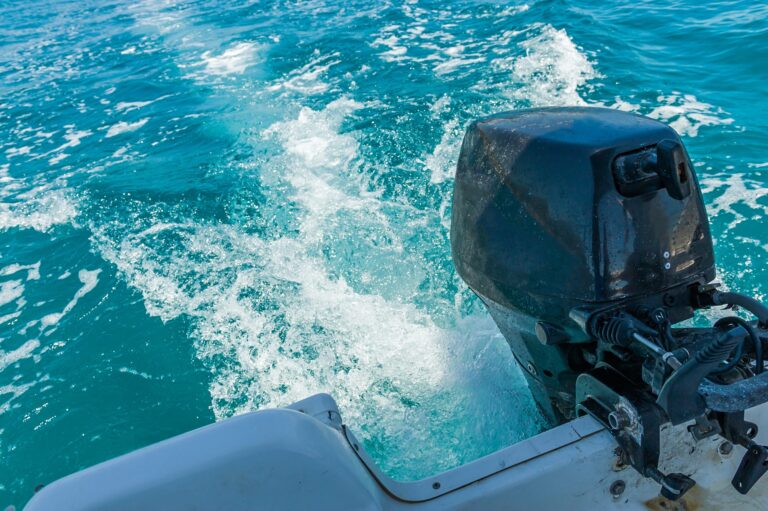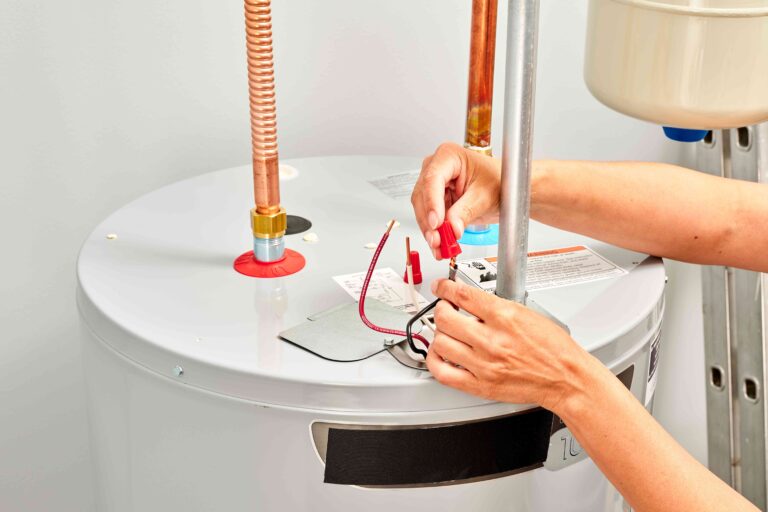Deep Cycle Battery Low on Water
A deep cycle battery that is low on water can cause damage and overheating, especially during the last stages of charging or in the case of overcharging. The acidic electrolyte in the battery can corrode internal components and lead to reduced battery life.
It is important to add water to the battery after fully charging it and ensuring that the water level covers the plates. This will help maintain the battery’s performance and prevent damage.
1. Causes And Consequences Of Low Water Levels In Deep Cycle Batteries
Low water levels in deep cycle batteries can have severe consequences. One effect is the corrosion of internal components used in battery manufacturing, which is accelerated in the acidic electrolyte at higher temperatures. Another consequence is the increased risk of damage and overheating due to the physical effect of water reduction, especially during the last stages of charging or in cases of undesired overcharging.
It is important to note that water should always be added to deep cycle batteries after they are fully charged. Prior to charging, there should be enough water to cover the plates, and if the battery has been discharged, the water level should also be above the plates.
Regular maintenance is crucial, as low water levels can be caused by evaporation or leaks in the battery case. It is recommended to check the water levels a couple of weeks after filling to ensure optimal performance.

Credit: www.foxtronpowersolutions.com
2. How To Check And Maintain Water Levels In Deep Cycle Batteries
Regular maintenance of water levels in deep cycle batteries is crucial to their performance and longevity. To effectively check and maintain water levels, several tools and equipment are needed. Start by cleaning the battery area and identifying heavily corroded areas.
Proper watering techniques should be followed, ensuring that the water level is above the plates, especially after a discharge. It is also essential to locate the fill line and fill the battery accordingly. Neglecting to maintain adequate water levels can lead to damage and overheating of the battery, particularly during charging.
Low water levels can be caused by evaporation, leaks, or cracks in the battery case. By regularly monitoring and maintaining water levels, you can ensure optimal functioning and extend the lifespan of your deep cycle battery.
3. Best Practices For Deep Cycle Battery Watering
Watering after charging is a best practice for deep cycle batteries. It is important to add water when necessary. The water level requirements should be checked before and after discharging the battery to ensure optimum performance. Using distilled water is highly recommended to avoid any potential impurities that could affect battery health.
Alternatively, there are automated watering systems available as alternatives to manually watering deep cycle batteries. However, it is crucial to understand and follow the potential hazards and precautions associated with deep cycle battery watering. Regular maintenance and monitoring of water levels will help extend the lifespan and efficiency of the battery.
Frequently Asked Questions On Deep Cycle Battery Low On Water
What Happens If Deep Cycle Battery Is Low On Water?
A deep cycle battery can get damaged if it is low on water. The acidic electrolyte in the battery can cause corrosion of internal components and can lead to overheating during charging. It is important to regularly check and maintain the water levels in the battery.
Should I Add Water To Deep Cycle Battery?
Yes, you should add water to a deep cycle battery after fully charging it, ensuring that the water level covers the plates. Insufficient water can lead to battery damage and overheating during charging. Always use distilled water and check for leaks or cracks in the battery case.
What If The Fluid In Your Battery Is Low?
If the fluid in your battery is low, it can lead to damage as internal components corrode faster in acidic electrolyte at high temperatures. Additionally, a reduction in water can cause the battery to heat up during charging or overcharging.
It is recommended to top up the battery with distilled water just above the cell plates to prevent shorting out the battery.
How Often Do Deep Cycle Batteries Need Water?
Deep cycle batteries should have water levels checked regularly, typically every 1-2 months.
Conclusion
O cover the plates and ensure they are fully submerged. Be careful not to overfill, as excess water can lead to overflow and damage. Remember to always add water after fully charging the battery, and ensure the water level is above the plates if the battery has been discharged.
Low water levels can cause the battery to overheat, especially during the later stages of charging or in the case of overcharging. This can accelerate corrosion of internal components and potentially damage the battery. Regularly checking and maintaining the water levels in your deep cycle battery is essential for its longevity and performance.
If you notice low levels or any cracks or leaks in the battery case, it is important to address them promptly. By following these guidelines, you can ensure that your deep cycle battery remains in optimal condition and continues to provide reliable power for your needs.







